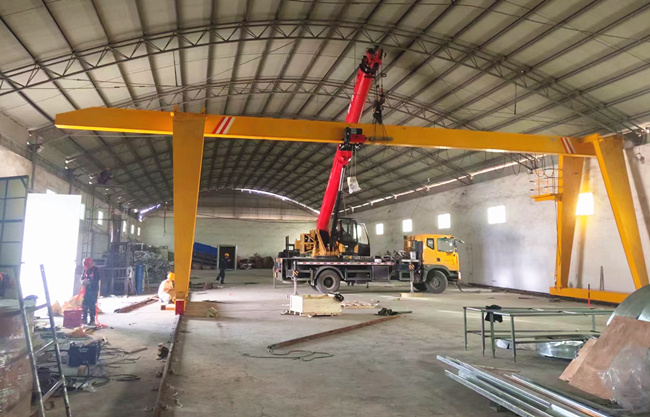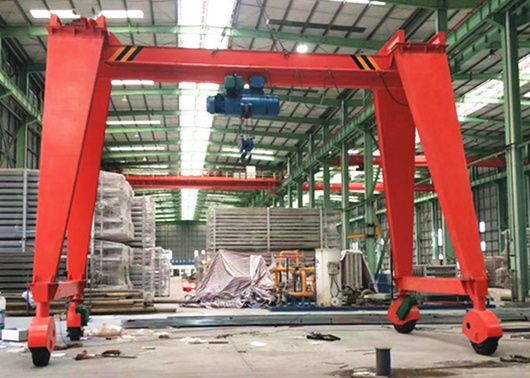Buying a gantry crane for your workshop involves a significant investment. You wouldn’t want the crane to break down within a few years. Therefore, it’s always wise to compare the features of different models before you finally decide to buy one. With so many brands claiming that their workshop gantry cranes are the best in the business, which one should you choose? Here are a few features that you should keep in mind while comparing different workshop gantry cranes.

1. Capacity
The primary reason for which you may want to buy a workshop gantry crane is to lift heavy objects from one place and keep them in another area. Make sure that the crane’s weight capacity is more than the average weight that you plan to lift. The average capacity of most workshop gantry cranes is 12 to 15 tons. They are suitable if you want to lift a maximum of 10 tons. You can choose higher-capacity models, but remember, they will cost more.
2. Duty cycle
The duty cycle and the crane’s capacity go hand in hand. A heavy-duty cycle is necessary for a crane with high capacity. This type of crane is suitable for lifting some of the heaviest loads in your workshop. If you don’t plan to lift heavy loads, you can settle for a crane with a low-duty cycle. You should always consider how often you want to use the crane before buying one. If you want to use it frequently, always go for a heavy-duty cycle. This would ensure that the crane doesn’t wear down easily.

3. Area coverage
Area coverage of a workshop gantry crane means the space it covers from one load hook to another. It refers to the minimum distance of the crane’s horizontal size to its parallel side. You also need to measure the horizontal distance of the crane’s hook to its centerline. Make sure your workshop or warehouse has enough space to accommodate the crane. Here are a few things that you need to measure before buying the crane:
● The average length of the crane’s runway and the dimensions of your warehouse.
● The dimension of the runway conductor.
● The approximate area coverage of the workshop gantry crane.
● The maximum length between two hooks on either side.
● The distance between the center of the runway rail and the face of the building column.
4. Speed
How fast do you want the workshop gantry crane to move one object from one place to another? You can compare the speeds of different models before buying the crane. Remember, different parts of the crane have different speeds. The average speed of the trolley, bridge, and hoist are 70 fpm, 100 fpm, and 60 fpm respectively. The duty cycle and crane’s capacity also play a crucial role in deciding the speed. For example, heavy-duty gantry cranes are usually slower than low-duty cranes.
Since investing in a workshop gantry crane involves thousands of bucks, you should do your homework before you spend on one of the models. Take time to compare all the aspects so that you buy a crane that lasts long.
